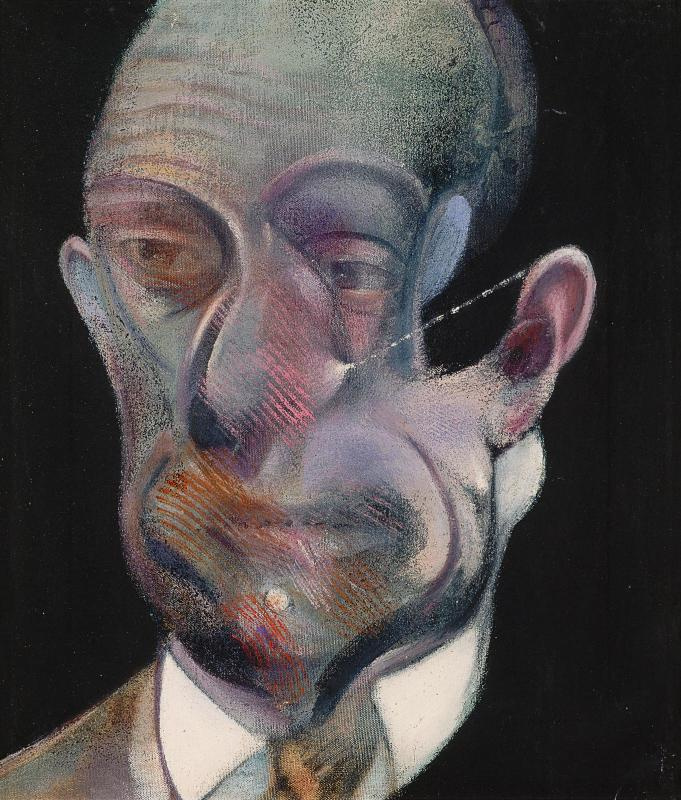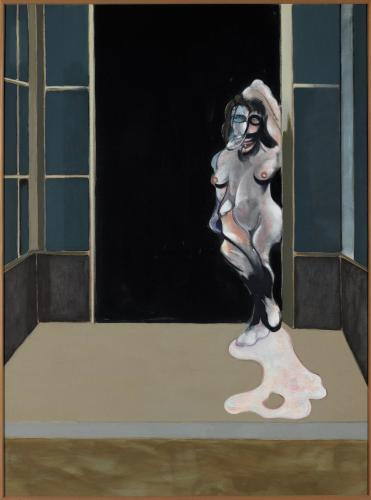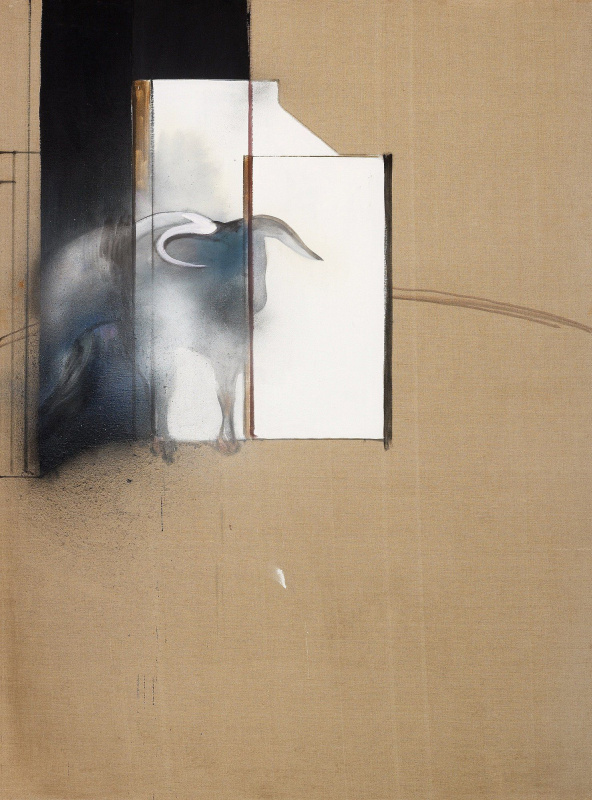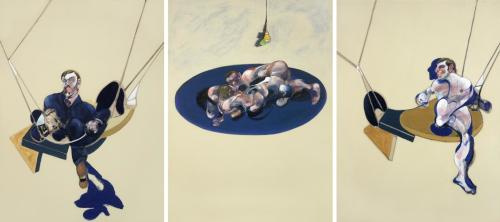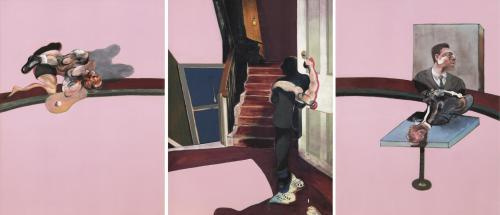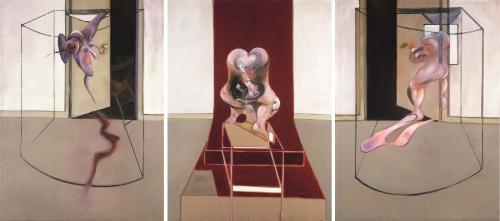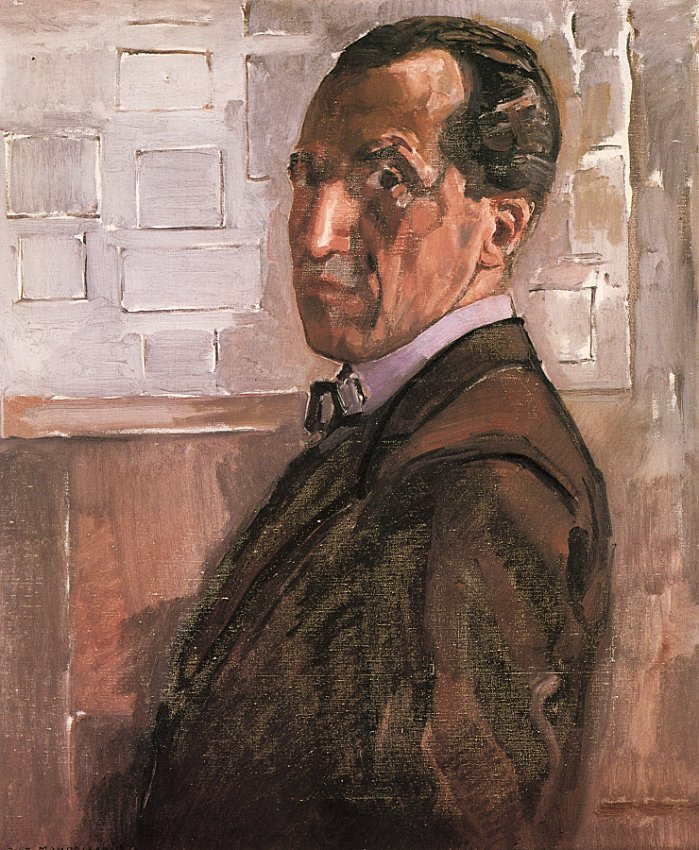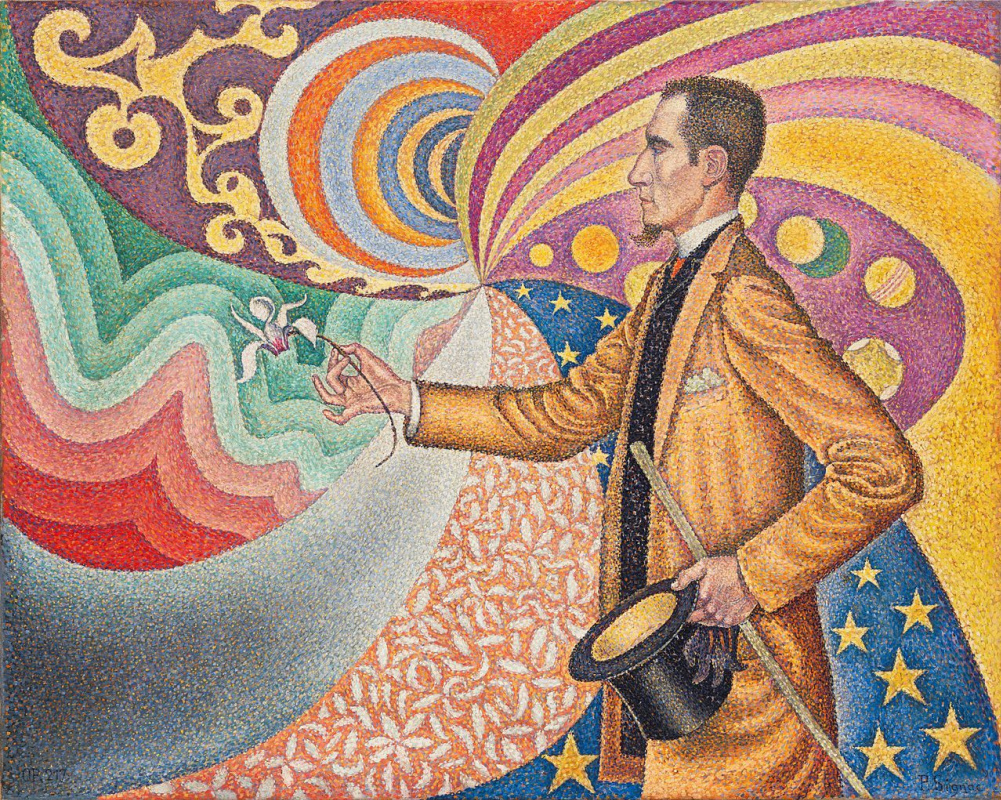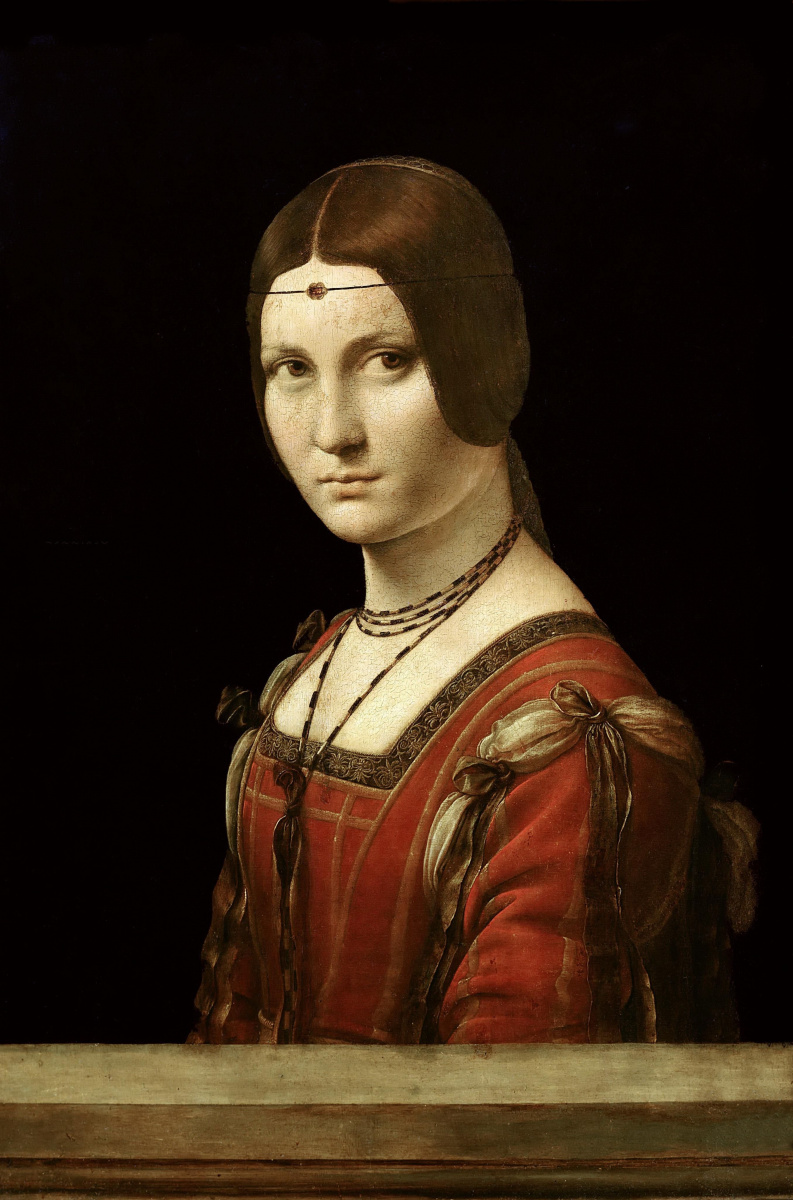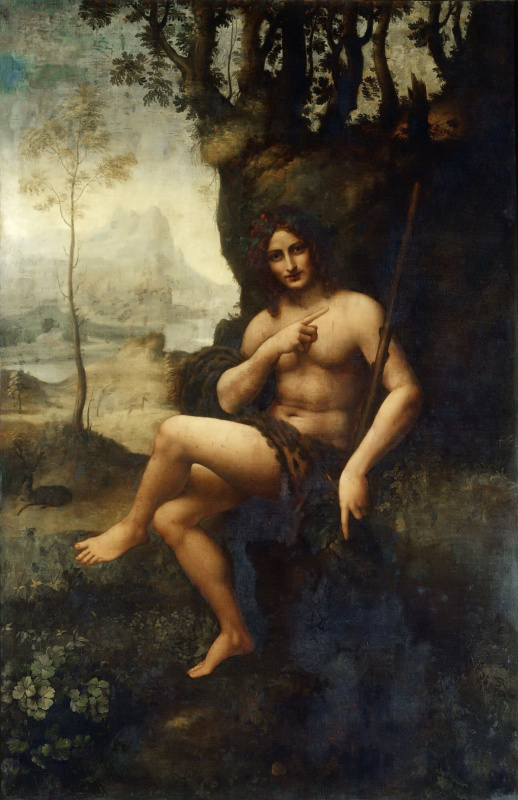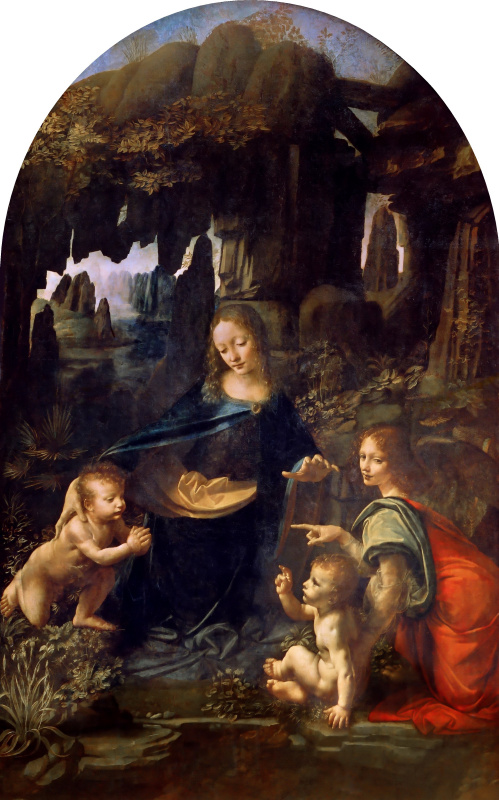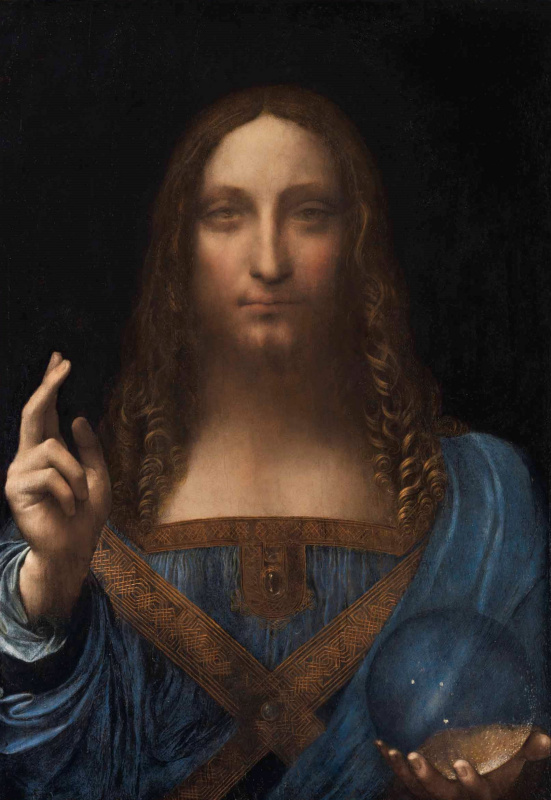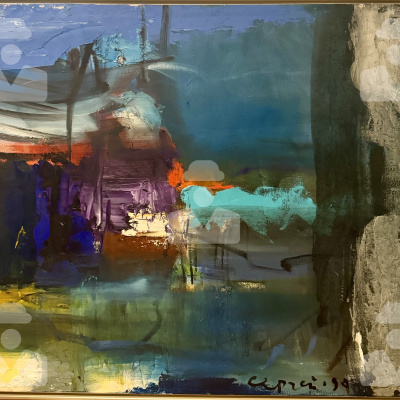The retrospective of Leonardo da Vinci in the Louvre, timed to coincide with the 500th anniversary of his death, is undoubtedly the central event of the Parisian art-life in 2019. However, other leading art museums of the French capital have prepared a lot of interesting things for art lovers. The legendary gloomy portraits of Francis Bacon and Piet Mondrian’s unexpected figurative paintings, Edgar Degas and Félix Fénéon are just a small part of what is worth seeing this autumn in Paris.
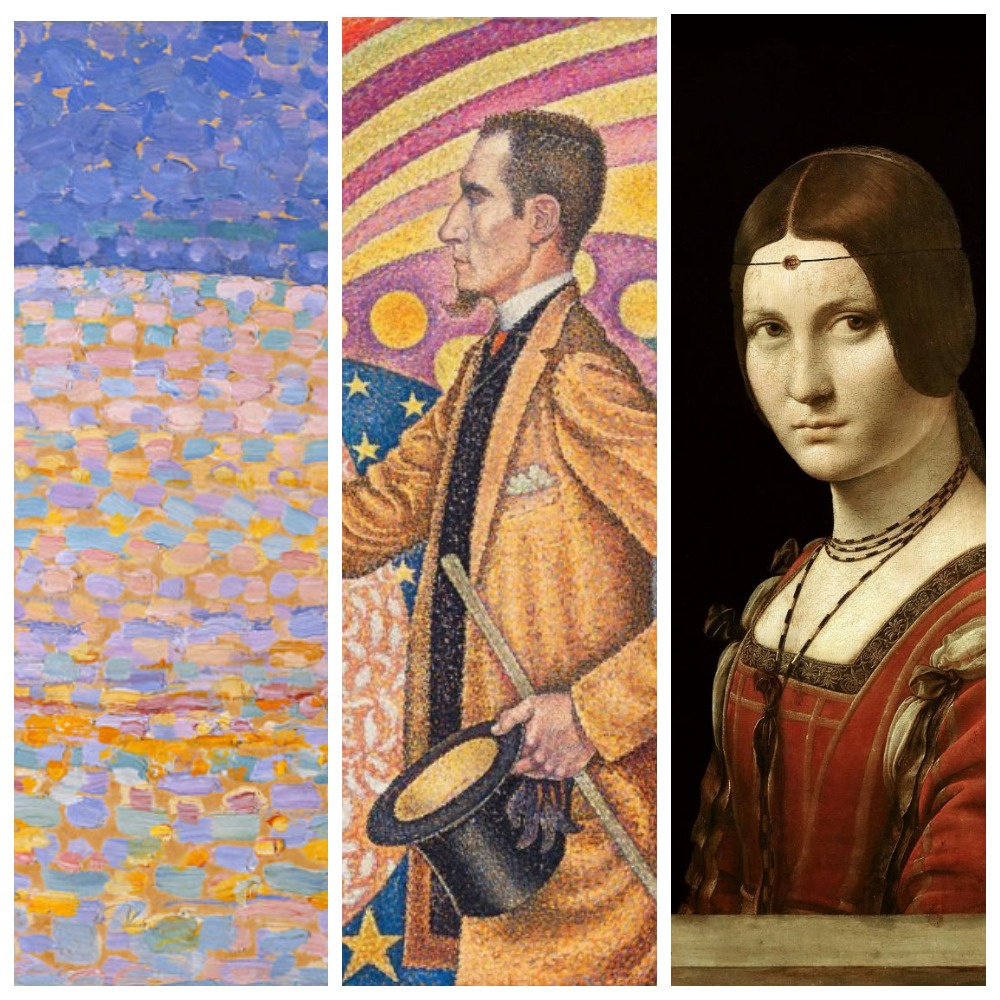
The Centre Pompidou has devoted its new major retrospective "Bacon: books and painting" to huge figure of modern art. Francis Bacon depicts a disillusioned and divided world through powerful paintings on violence and madness. His monumental triptychs inspired by religious painting mark the climax of this not-to-miss exhibition.
The exhibition is dedicated to the late work of the famous British painter, Francis Bacon, up to 1992, the year of his disappearance. In the second half of his career, Bacon brought books into his work. George Bataille, Michel Leiris and Nietzsche fed a polarized worldview that swung between civilization and barbarity, beauty and ugliness, life and death. In one picture he illustrated some of the terrifying expressions of his favorite authors, such as the "rattle of the bones" from a poem by T. S. Eliot. His work portrays a deconstruction and criticism of the "poetic" modern world, rejecting all forms of idealism.
Francis Bacon, "Sketch for a Portrait (Michel Leiris)" (1978). National Center for Art and Culture Georges Pompidou, Paris
Francis Bacon was largely involved in building a critical view of the modern world. He rethought classical culture — especially myths — to present its darkest side. Violence and madness, or their hybrids, synonymous with evil in Ancient Greece, became the themes that the British artist transferred to his canvases, and triptychs in particular. By adopting a methodical, almost surgical approach — especially in the representation of the human body — Bacon rejected any form of idealism.
The Francis Bacon exhibition at the Centre Pompidou will run till January 20, 2020. The last major French exhibition of this artist’s work was held here in 1996.
The autumn show at the Musée Marmottan Monet will focus on the little-known facet of Piet Mondrian's career, which is famous for its laconic abstract paintings of red, yellow, blue, black squares and rectangles.
The Figurative Mondrian's exhibition presents about 60 paintings, which he himself chose in 1920 for his biggest collector, Salomon Sleipera.
These are landscapes, portraits and still lifes which the artist created under the influence of impressionism, luminism, fauvism and symbolism . They show Mondrian as one of the best colorists of his time. The exhibition will run until January 26, 2020.
The Figurative Mondrian's exhibition presents about 60 paintings, which he himself chose in 1920 for his biggest collector, Salomon Sleipera.
These are landscapes, portraits and still lifes which the artist created under the influence of impressionism, luminism, fauvism and symbolism . They show Mondrian as one of the best colorists of his time. The exhibition will run until January 26, 2020.
Self-portrait
1918, 71×88 cm
Among the impressionist painters who emerged in the 1860s, Edgar Degas (1834−1917) was an outlier in his unquenchable desire to represent modern urban life. Racecourses, laundry shops, brothels and the circus all fueled his imagination. But it was the Paris Opera, especially its ballet, which kept him coming back time and again.
"His genius was to give the impression you are there, witnessing reality", said Loyrette, chief curator of the exhibition "Degas at the Opera".
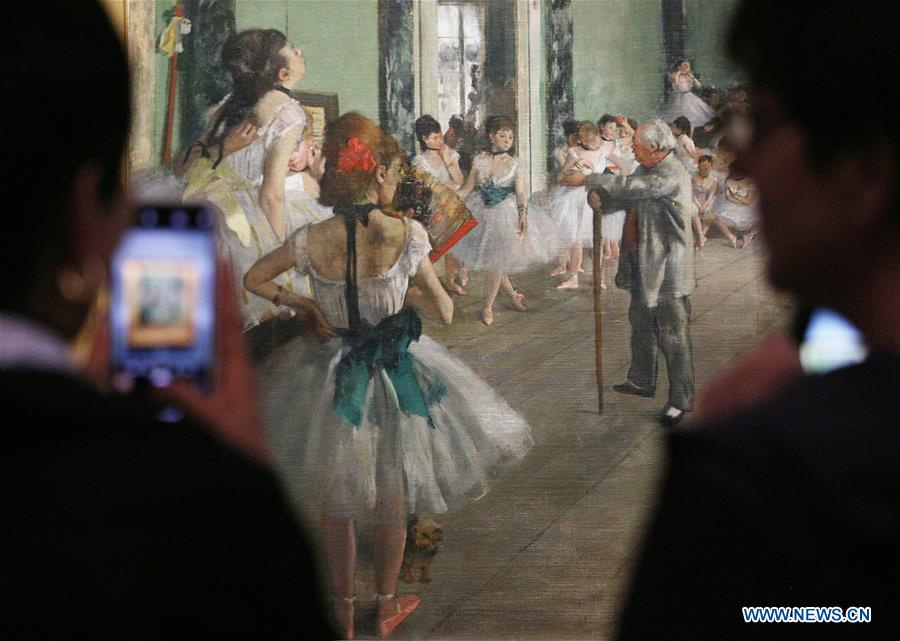
A visitor takes a photo of a painting during the exhibition "Degas at the Opera" at the Orsay Museum in Paris
(Xinhua/Gao Jing)
(Xinhua/Gao Jing)
From his debut in the 1860s up to his final works after 1900, much of Degas' masterpieces were inspired by the Opera in Paris. He explored theatrical spaces — the auditorium, the stage, the boxes, the foyers, and the dance studios. He also followed the subjects that frequented these spaces: the dancers, singers, musicians, members of the audience, and black-attired stewards. This closed world presented a microcosm of infinite possibilities allowing all manner of experimentations with points of view, lighting, motion and movement.
For the first time, this exhibition considers the Opera as a whole, including Degas' passionate relationship with the House, his musical tastes, as well as the various aspects of the Opera itself. Degas' art offers a portrait of the 19th century Paris Opera as none of the artists showed the Opera so fully in one’s oeuvre. So, Musée d’Orsay collaborates for the first time with the Opera national de Paris for a major exhibition dedicated to Edgar Degas to celebrate Paris Opera 350th anniversary.
The exhibition is on show till January 19, 2020.
The exhibition is on show till January 19, 2020.
Paul Signac (1863−1935)
Portrait de Fénéon. Opus 217. Sur l'émail d’un fond rythmique de mesures et d’angles, de tons et de teintes, portrait de M. Félix Fénéon en 1890
The Orangerie Museum pays tribute to an extraordinary person, whose name is now, unfortunately, not many people know. The exhibition "Félix Fénéon. The Modern Times: From Seurat to Matisse "(October 16, 2019 — January 27, 2020) is the first exhibition to pay homage to Félix Fénéon (1861−1944). It tells about an important figure in the art world during the late 19th and early 20th century. The Musée de l’Orangerie, in association with the musée du quai Branly-Jacques Chirac and The Museum of Modern Art, New York demonstrate the different facets of this unusual character, who combined the exemplary career of a civil servant with strong anarchist convictions, as well as an editor, art critic, gallery owner and exceptional collector who opened the world to Georges Seuire. The exhibition will feature exceptional paintings and drawings of Paul Signac, Amedeo Modigliani, Seurat, Degas, Bonnard, Matisse and their contemporaries, pieces from Africa and Oceania, as well as documents and archives.
Portrait de Fénéon. Opus 217. Sur l'émail d’un fond rythmique de mesures et d’angles, de tons et de teintes, portrait de M. Félix Fénéon en 1890
The Orangerie Museum pays tribute to an extraordinary person, whose name is now, unfortunately, not many people know. The exhibition "Félix Fénéon. The Modern Times: From Seurat to Matisse "(October 16, 2019 — January 27, 2020) is the first exhibition to pay homage to Félix Fénéon (1861−1944). It tells about an important figure in the art world during the late 19th and early 20th century. The Musée de l’Orangerie, in association with the musée du quai Branly-Jacques Chirac and The Museum of Modern Art, New York demonstrate the different facets of this unusual character, who combined the exemplary career of a civil servant with strong anarchist convictions, as well as an editor, art critic, gallery owner and exceptional collector who opened the world to Georges Seuire. The exhibition will feature exceptional paintings and drawings of Paul Signac, Amedeo Modigliani, Seurat, Degas, Bonnard, Matisse and their contemporaries, pieces from Africa and Oceania, as well as documents and archives.
Well, the apotheosis of the year will be booking-required blockbuster, and the most significant grand retrospective in the Louvre, dedicated to the 500th anniversary of the death of Leonardo da Vinci. It aims to show the greatest number of works by him ever collected in one exhibition. Before his death in 1519, the Italian genius of the Renaissance
served as court painter to the French king Francis I, and as a result, the Louvre owns almost a third of his paintings. Now the museum collects as many works attributed to the Florentine, as well as his notebooks.
These notebooks promise to become one of the most interesting exhibits at the exhibition, which (presumably!) will begin on October 24, 2019 and will close on February 24, 2020.
Among them is the Atlantic Codex, which contains drawings and notes created between 1478 and 1518, which reveal Leonardo as a magician of mechanics.
Beautiful ferronera (Portrait of unknown)
1490-th
, 63×45 cm
The focus is on painting, and the Louvre’s own Leonardos — "St. John the Baptist" (1513 to 1516); "Virgin of the Rocks" (c. 1483) — will join friends from the Metropolitan Museum of Art, the British Museum and the collections of Queen Elizabeth II and Pope Francis. (The Mona Lisa itself won’t budge; it stays in the sky-lit Salle des États.) A diplomatic dispute with Italy has pushed the fate of several major loans to the wire. Another absence seems assured: "Salvator Mundi," the so-called Leonardo that hasn’t been seen since it sold at Christie’s for $450 million.
And here are some other Paris exhibitions we advize you not to miss in 2019:
Toulouse-Lautrec in the Grand Palais from October 9, 2019 to January 27, 2020: a major exhibition was announced, the result of cooperation between the Orsay Museum, the Orangeri Museum and other major museums.
This exhibition is dedicated to the artist known for his painting depicting Parisian night’s world. An exhibition aims at returning to three rejections influencing the current vision of Toulouse-Lautrec and clearing them: a certain despise of the values of his class, a market of disregarded art as well as a world of chargeable and overused night and sex.
This exhibition is dedicated to the artist known for his painting depicting Parisian night’s world. An exhibition aims at returning to three rejections influencing the current vision of Toulouse-Lautrec and clearing them: a certain despise of the values of his class, a market of disregarded art as well as a world of chargeable and overused night and sex.
The Golden Age of English painting: from Reynolds to Turner at the Luxembourg Museum
This exhibition includes a selection of masterpieces from Tate Britain and highlights a key period in the history of painting in England, from the 1760s to around 1820. It will present an overview capturing all the originality and diversity of this time. It takes the visitor from the founding of the Royal Academy, with artists such as Reynolds and Gainsborough, to the turning point in the early 19th century, notably with Turner. The public will rediscover the great classics of British art here, which are rarely exhibited in France, till February 16, 2020.

Belle-époque passionatelly, the Weisman-Michel collection
October 11, 2019 to January 19, 2020
The Montmartre Museum shows for the first time in its totality the important Collection of David E. Weisman and Jacqueline E. Michel. A unique and rare set that includes 130 pieces (drawings, paintings, watercolors, pastels, posters and lithographs) made by the artists, who by their art, have offered Montmartre its universal reputation. Steinlen, Valadon, Toulouse-Lautrec, Grasset, Rivière, Valtat…
By concentrating their choice on the period of the late 19th — early 20th century (1880−1914), American collectors David E. Weisman and Jacqueline E. Michel draw with this corpus the portrait of an eclectic Montmartre where the creativity and beauty of the snapshot triumph.
By concentrating their choice on the period of the late 19th — early 20th century (1880−1914), American collectors David E. Weisman and Jacqueline E. Michel draw with this corpus the portrait of an eclectic Montmartre where the creativity and beauty of the snapshot triumph.
Based on the materials from the official sites of the museums.






